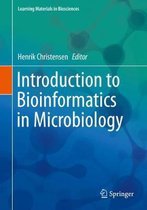Resumen
Summary BIF20306 Introduction to bioinformatics
- Grado
- Institución
- Book
This is a concise but complete summary of the course 'Introduction to bioinformatics'. The summary contains information from the reading materials, the lectures, and the practicals. It provides a good preparation for the exam.
[Mostrar más]




